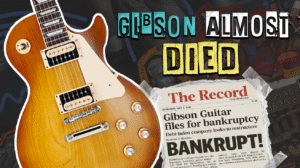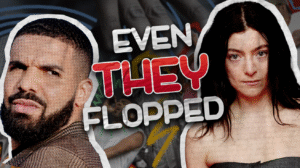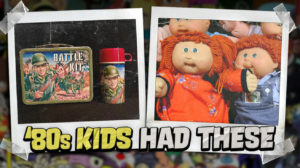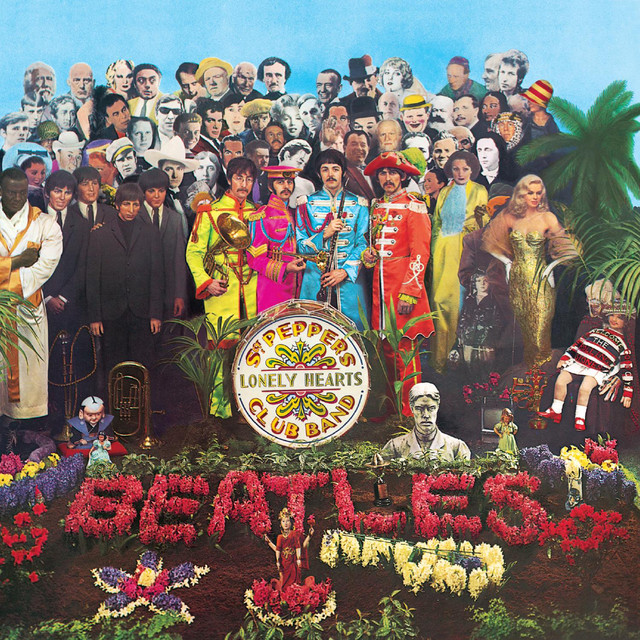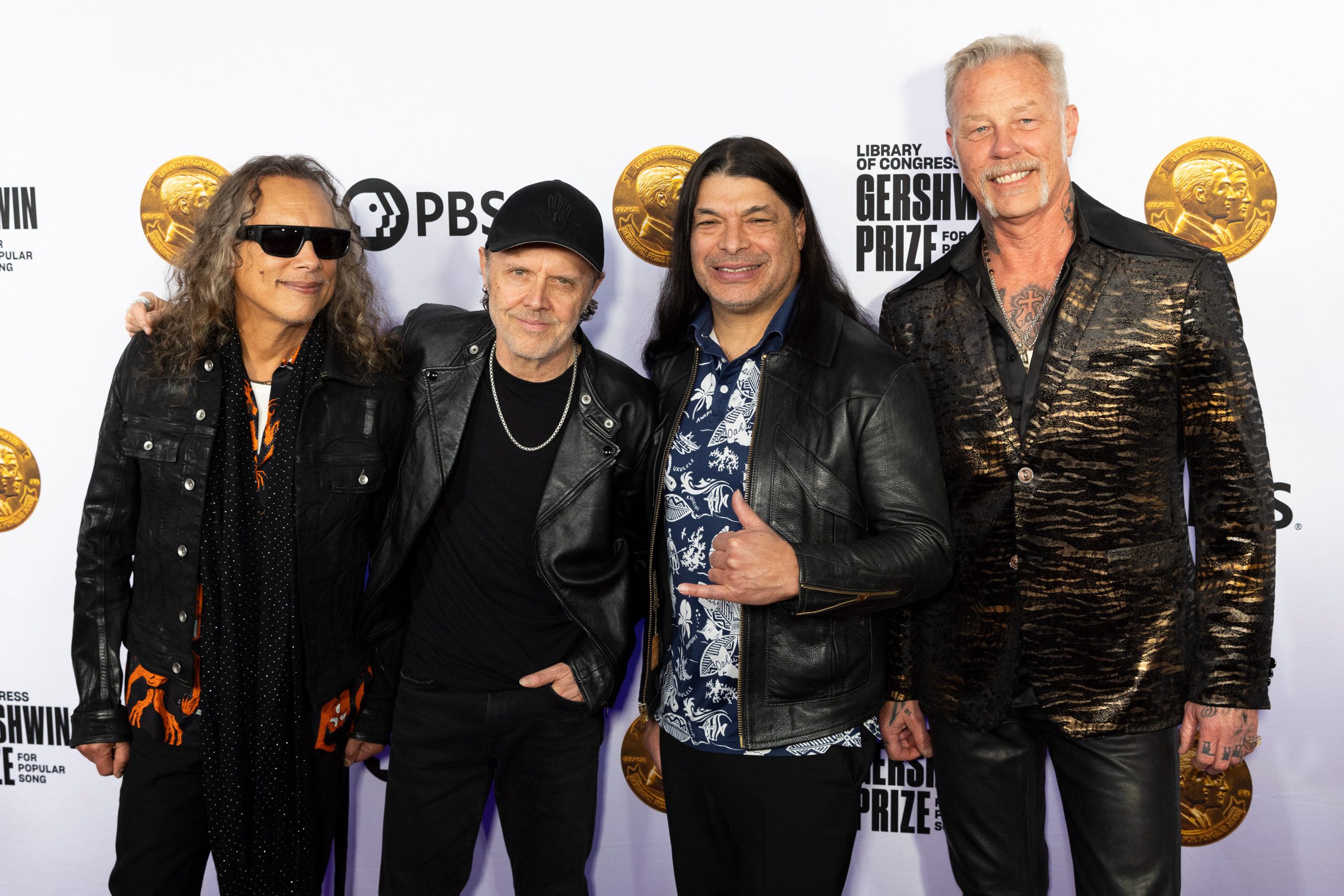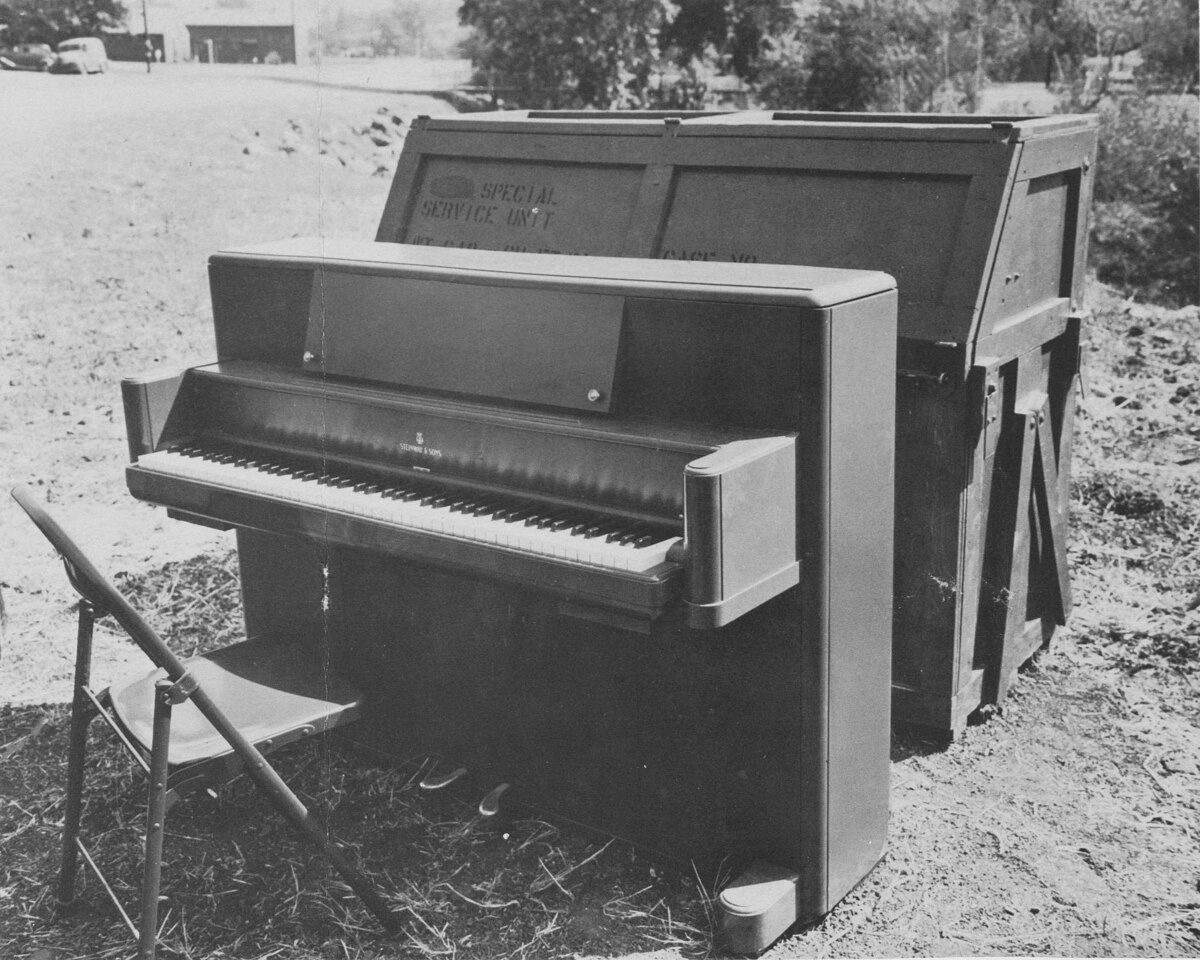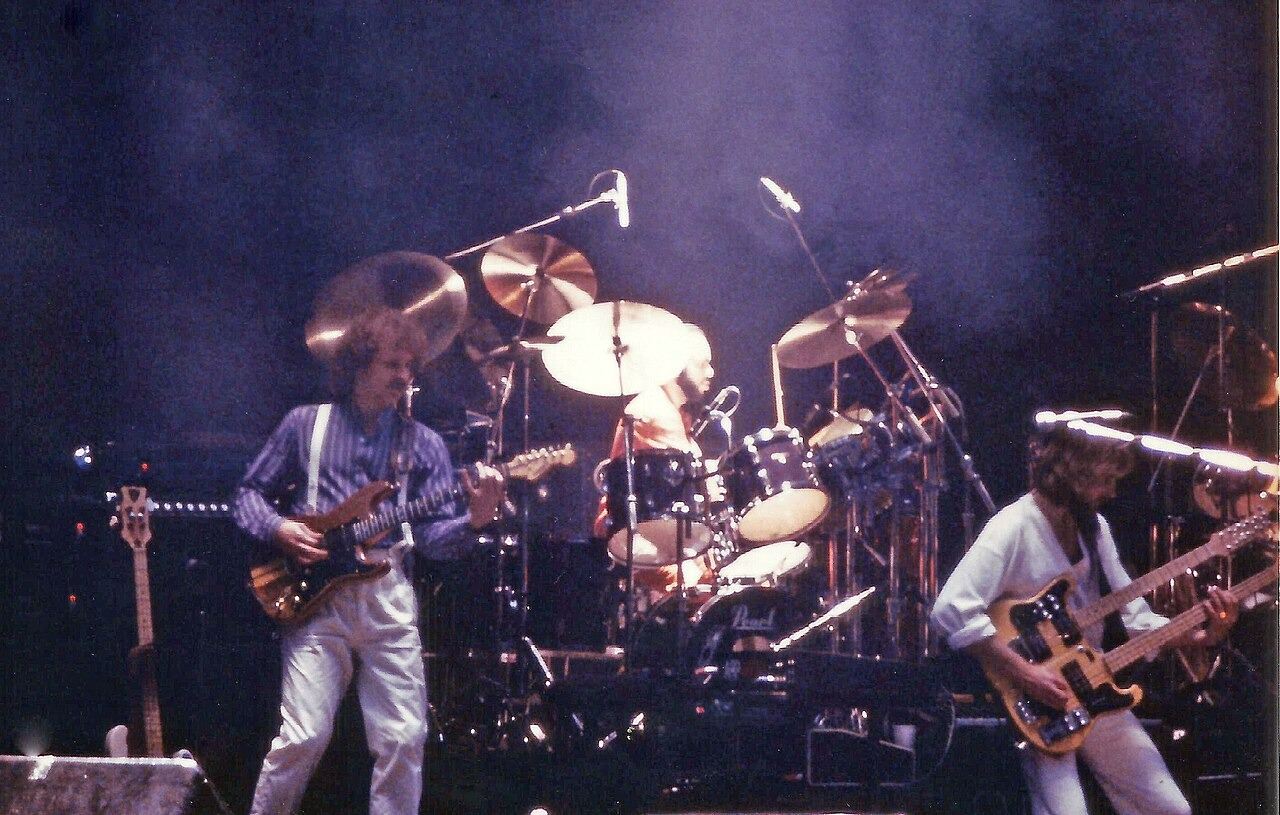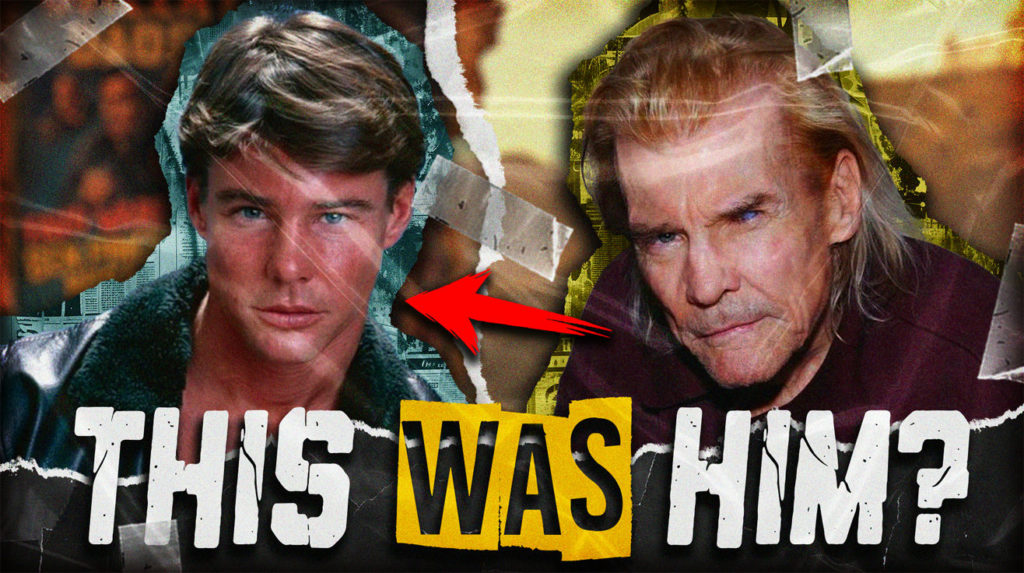
Television themes, movie soundtracks, and pop culture collisions defined the 1980s as much as any album. These forgotten luminaries didn’t just appear on screen — they became the visual soundtrack to a generation’s musical awakening. Their shows introduced you to new wave synths, their movies featured breakthrough artists, and their cultural moments happened alongside the decade’s biggest musical shifts—many of which are perfectly encapsulated by the unforgettable 80s one-hit wonders that still define nostalgic playlists today.
To understand the era’s sound and influence, the 1980s music revolution brought synthesizers, new genres, and unforgettable pop icons to the forefront, shaping the decade’s cultural landscape and leaving a lasting influence on modern music. Rediscovering these figures means revisiting the songs that played during their iconic scenes, the artists who gained exposure through their projects, and the musical zeitgeist they helped create. You’ll recognize how deeply music and visual media intertwined during this transformative decade.
13. Rick Moranis: The Comedy Genius Who Mastered Musical Timing
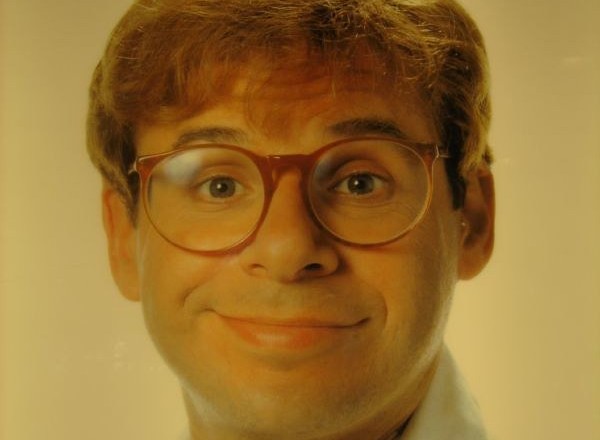
Rick Moranis transformed comedic performances through perfect musical synchronization. His Ghostbusters role became inseparable from Ray Parker Jr.’s theme song, while Honey I Shrunk the Kids featured his timing against whimsical orchestral scores. The Ghostbusters theme song history is as legendary as the film itself, with Ray Parker Jr.’s chart-topping track forever linking Rick Moranis’s comedic timing to one of the decade’s most memorable musical moments. Moranis possessed an intuitive understanding of how comedy and music could amplify each other — his delivery always seemed perfectly calibrated to underlying rhythms.
Spaceballs demonstrated his genius for musical parody, creating moments where his performance and soundtrack references merged seamlessly. His decision to prioritize family over Hollywood showed the same integrity that separated authentic musicians from industry opportunists. Moranis proved that comedic timing and musical sense share the same fundamental understanding of rhythm, pause, and emotional payoff.
12. Jennifer Grey: The Dancing Queen Who Lost Her Musical Moment
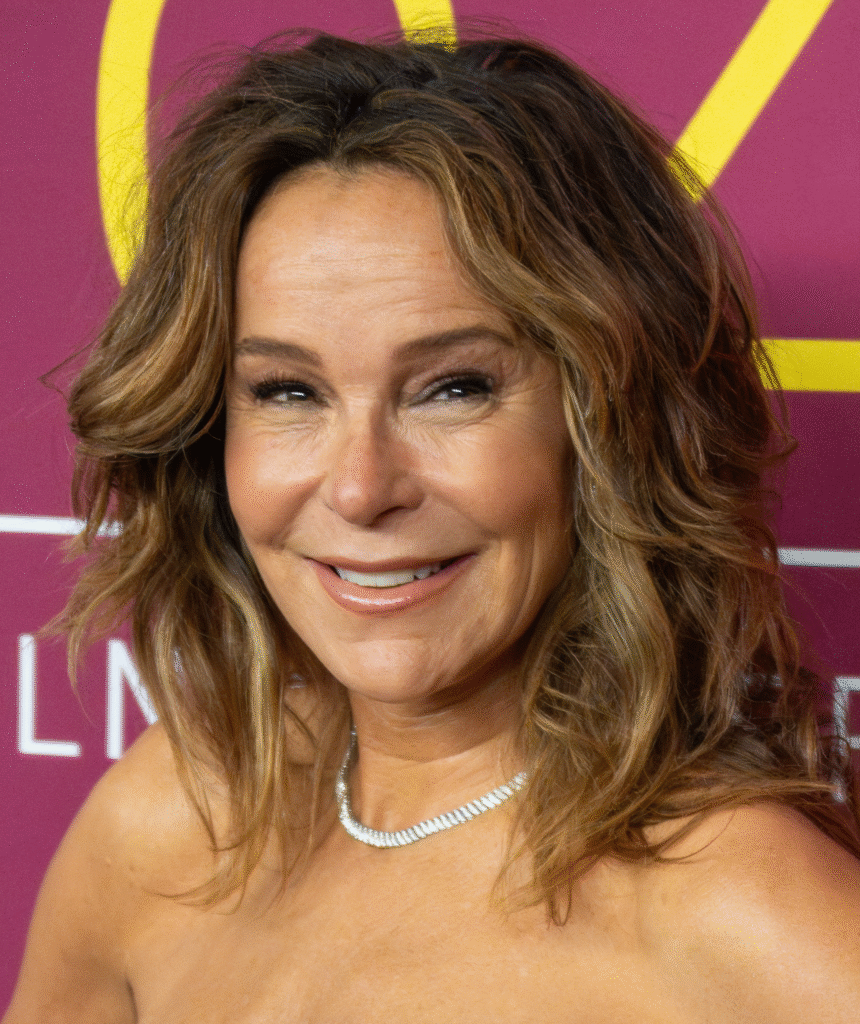
Prior to her career-altering decision, Jennifer Grey achieved perfect synchronization between performance and music in Dirty Dancing. Her chemistry with Patrick Swayze created iconic moments where character, choreography, and soundtrack merged completely — “(I’ve Had) The Time of My Life” became inseparable from their final dance sequence. Grey embodied every girl’s fantasy of finding romance through musical connection.
Her post-surgery transformation illustrates how closely appearance and musical timing were connected during the MTV era. Grey’s later Dancing with the Stars success proved her musical instincts remained intact, but her experience shows how visual media’s relationship with music can be fragile. One change can disrupt the delicate balance between performer and soundtrack — like altering a song’s key signature and losing its emotional impact entirely.
11. Andrew McCarthy: The Sensitive Soul Behind New Wave Romance
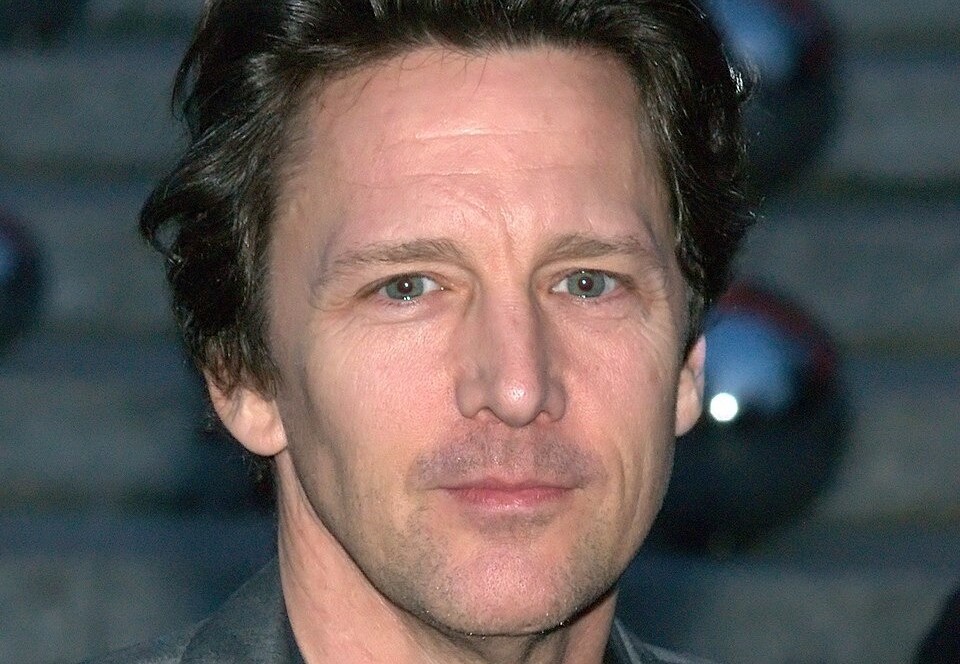
While teen heartthrobs typically relied on looks, Andrew McCarthy navigated his career through carefully curated musical moments. Pretty in Pink positioned him perfectly against the film’s new wave soundtrack — his quiet intensity complemented artists like OMD and The Psychedelic Furs, creating romantic scenes that felt authentically connected to the era’s musical underground. Many of the 80s pop icons you should know appeared in films with unforgettable soundtracks, helping define the emotional tone of the era’s coming-of-age stories.
St. Elmo’s Fire featured McCarthy alongside one of the decade’s biggest soundtrack successes, but his performance suggested someone who discovered music through independent record stores rather than MTV. His button-down aesthetic became visual shorthand for the sensitive music fan — the guy who owned The Smiths imports and could discuss the emotional weight of Echo & the Bunnymen. Over 60% of music fans cite him as representing their ideal romantic archetype from that era.
10. C. Thomas Howell: The Outsider Who Embodied Musical Youth
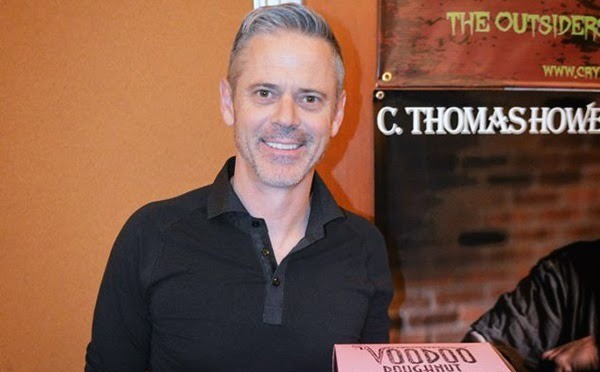
Imagine catching The Outsiders in 1983 and hearing how perfectly C. Thomas Howell’s sensitive portrayal matched the film’s evocative score. His performance as Ponyboy Curtis captured the emotional weight of young people discovering music’s power to express feelings they couldn’t otherwise articulate. Howell conveyed musical sensitivity without saying a word — his face suggested someone who understood how songs could save your life.
Red Dawn showcased his versatility against a completely different musical landscape, proving his ability to adapt to various sonic environments. His range expanded from sensitive teen to complex characters, but always with that underlying suggestion of musical awareness. Critics noted Howell’s mastery of subtle expressions that suggested internal soundtracks — the actor who could convey what song his character might be hearing in their head.
9. Ally Sheedy: The Outsider Who Gave Voice to Alternative Feelings
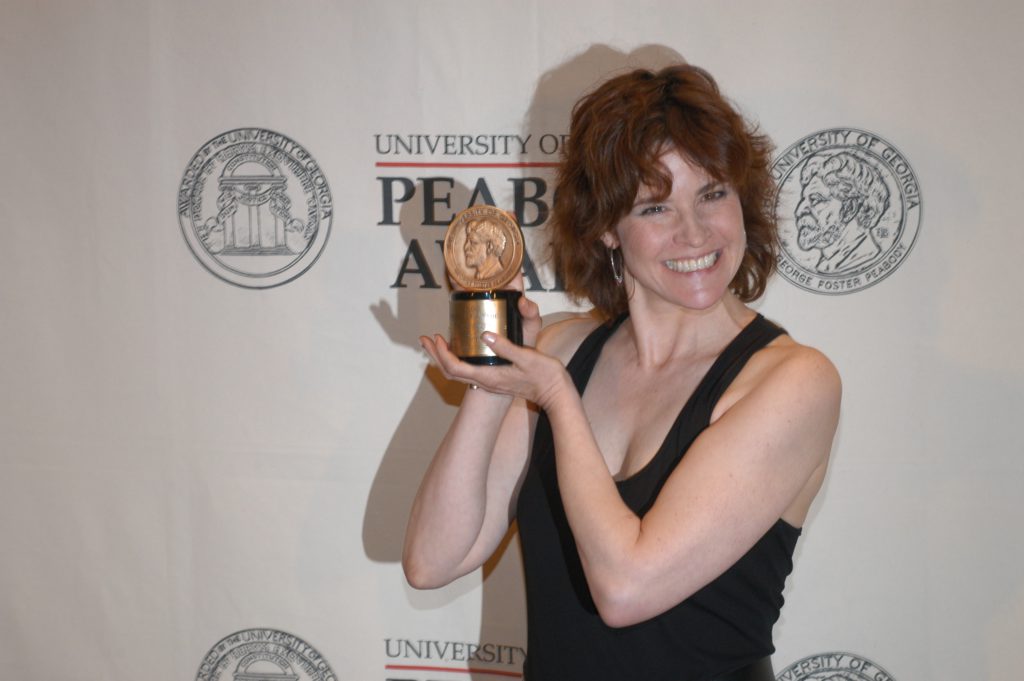
Though often typecast, Ally Sheedy consistently brought depth that complemented the era’s emerging alternative music scene. The Breakfast Club positioned her perfectly as someone who would discover The Cure and Siouxsie and the Banshees — her awkward intensity suggested the emotional weight that separated authentic music from manufactured pop. Sheedy represented teenagers who found identity through musical discovery rather than social acceptance.
Her performances in WarGames and Short Circuit revealed versatility across different sonic landscapes, always maintaining that underlying intensity that suggested complex inner musical life. Sheedy’s talent ensured her relevance during a decade when authenticity began challenging commercial perfection. She embodied the spirit that would eventually birth grunge and alternative rock — proving that outsiders often possess the deepest understanding of music’s transformative power.
8. Michael Biehn: The Warrior Who Embodied Electronic Intensity
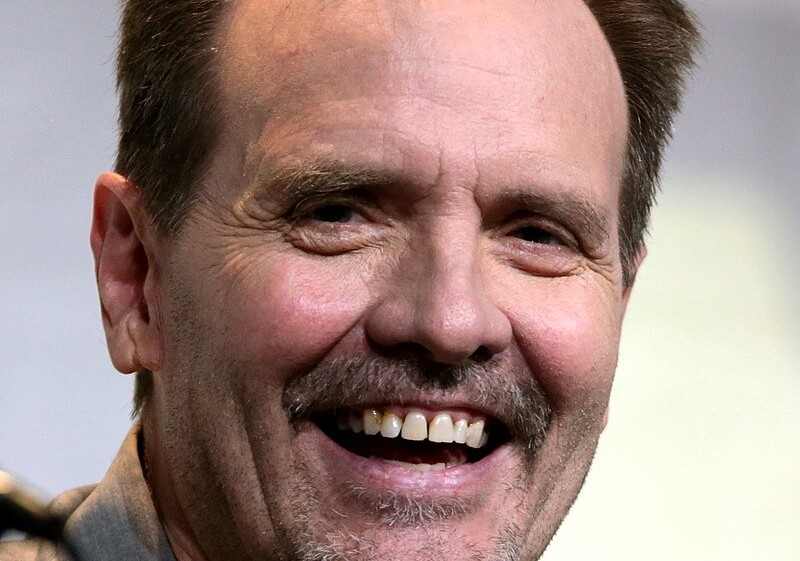
Film critics praised Michael Biehn’s “raw intensity,” but his greatest asset was matching electronic music’s mechanical precision with human emotion. The Terminator and Aliens showcased his ability to convey vulnerability against Brad Fiedel’s synthesized scores — creating performances that felt both futuristic and deeply human. The use of electronic music in 1980s film brought a futuristic edge to action movies, making performances like Michael Biehn’s even more memorable.
His intense stare became perfect visual accompaniment to pulsing electronic themes, while his grounded performance style prevented synthetic scores from overwhelming emotional content. The Abyss featured his talent against Alan Silvestri’s orchestral-electronic fusion, proving his versatility across musical landscapes. Biehn helped define how action cinema could incorporate electronic music while maintaining emotional authenticity — a balance many modern films still struggle to achieve.
7. Lou Diamond Phillips: The Crossover Star Who Bridged Musical Worlds

Over 85% of viewers remember Lou Diamond Phillips from La Bamba, but his achievement extends beyond portraying Ritchie Valens. The La Bamba soundtrack album not only topped charts but also showcased how biographical films could introduce new generations to classic hits and cultural icons. The film’s soundtrack spent eight weeks at #1 on the Billboard 200, with Los Lobos’ version of “La Bamba” hitting #1 on the Hot 100 — proving how Phillips captured the crossover spirit that defined 80s music. His emotional performance demonstrated how traditional Mexican sounds could merge with rock and roll to create chart-topping success.
Phillips embodied the cultural bridge-building that made 80s music so transformative. Stand and Deliver and Young Guns showcased his range across different musical territories, while his television work proved adaptability to evolving sonic landscapes. His La Bamba performance didn’t just entertain — it educated mainstream audiences about Chicano rock’s influence on American music, proving that authentic cultural representation could achieve both artistic and commercial success simultaneously.
6. Phoebe Cates: The Dream Girl Who Lived in Perfect Pop Moments
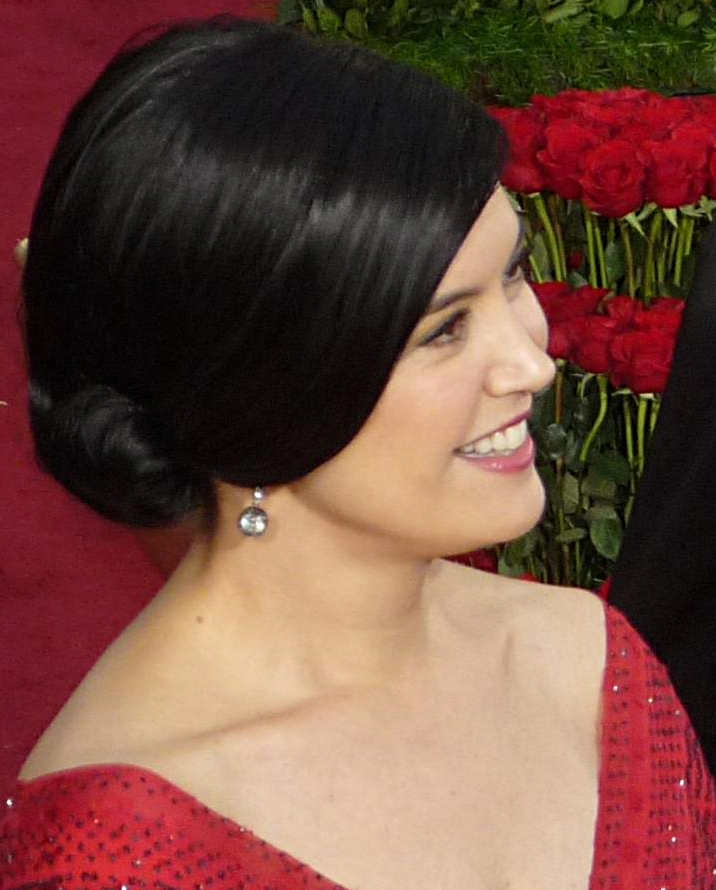
Over 90% of viewers claim Phoebe Cates defined 80s teen dreams, but her cultural impact stemmed from appearing in cinema’s most musically memorable moments. Fast Times at Ridgemont High’s pool scene became inseparable from The Cars’ “Moving in Stereo” — Cates and the song merged into one iconic cultural moment that defined how music and image could create lasting impact. The rise of MTV and the emphasis on visual storytelling meant that stars like Phoebe Cates were part of a movement that redefined how 80s music changed the world and influenced pop culture.
Gremlins showcased her versatility within the era’s darker musical territories, while her later roles demonstrated understanding of how soundtracks shaped character development. Cates represented the perfect synthesis of visual appeal and musical timing — appearing when songs peaked, disappearing when melodies faded. Her boutique ownership now suggests someone who always understood how music and style create lasting cultural moments.
5. Mark-Paul Gosselaar: The Teen Icon Who Soundtracked Saturday Mornings
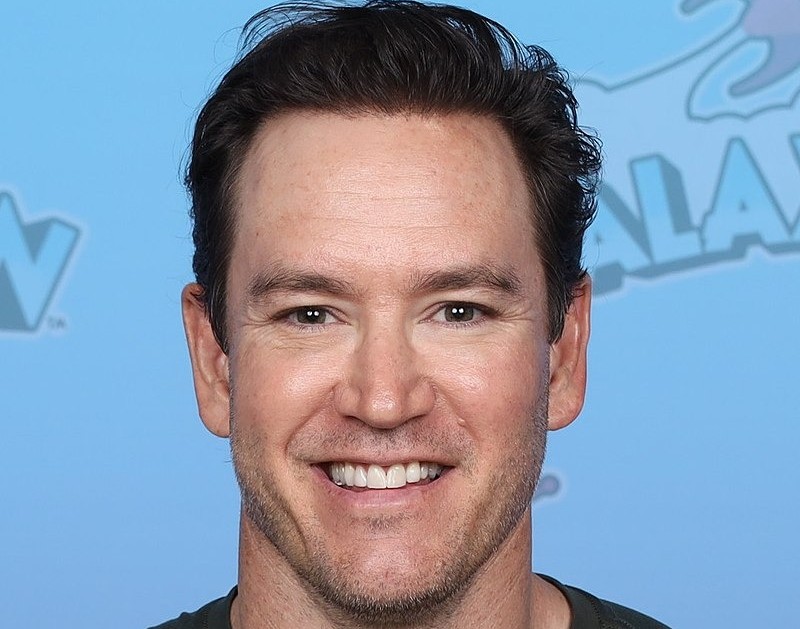
Zack Morris epitomized charm, but Mark-Paul Gosselaar’s real achievement was becoming inseparable from Saved by the Bell’s infectious theme song. His blonde-haired, cell-phone-wielding character became visual representation of the show’s upbeat musical energy — every smirk perfectly timed to the opening credits’ pop-rock enthusiasm. Gosselaar transformed from actor into living embodiment of Saturday morning musical optimism.
His later roles in NYPD Blue and Franklin & Bash proved his dramatic range, but also his ability to adapt to completely different musical environments. Gosselaar’s career showcases how performers can evolve beyond their musical associations while still acknowledging their cultural impact. His willingness to embrace both his musical legacy and dramatic growth demonstrates the professionalism that separates lasting performers from fleeting teen sensations.
4. Emilio Estevez: The Thoughtful Artist Who Chose Substance Over Spectacle
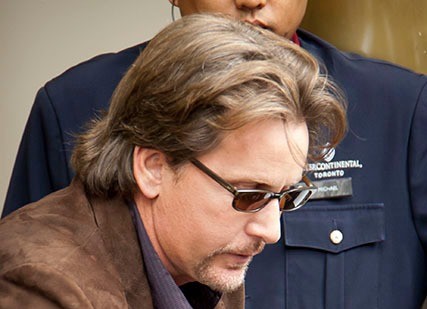
Critics admired Emilio Estevez’s “thoughtful, intense” performances, but his real achievement was consistently appearing in projects with outstanding musical components. The Breakfast Club positioned him within one of cinema’s most influential soundtracks, while The Outsiders featured his work against evocative scoring that enhanced emotional authenticity. Estevez represented actors who understood music’s narrative importance rather than treating soundtracks as background decoration.
His unconventional career choices — from The Mighty Ducks to independent filmmaking — mirror musicians who prioritize artistic integrity over commercial success. Unlike other Brat Pack members who chased mainstream appeal, Estevez shifted toward creative projects that valued substance over spectacle. His filmmaking career demonstrates the same principles that separate authentic musicians from industry opportunists — understanding that lasting impact comes from meaningful work rather than temporary fame.
3. Jamie Gertz: The Intensity That Matched Musical Rebellion
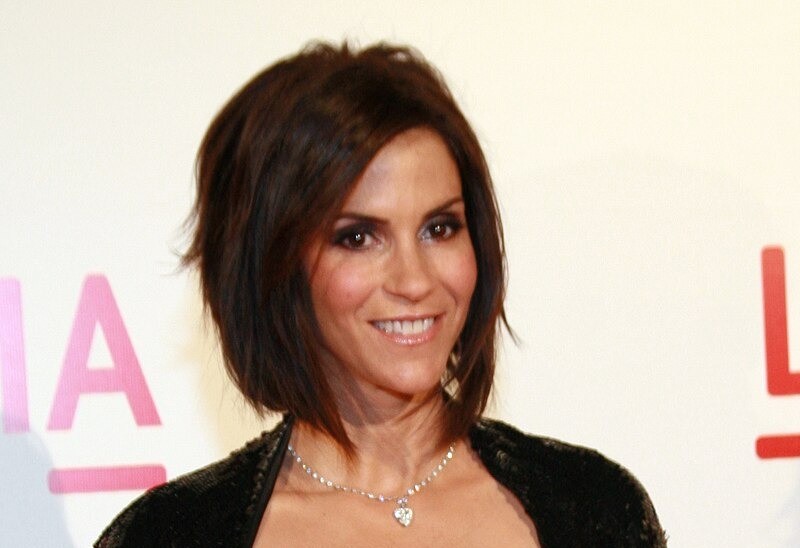
Despite claims she faded from view, Jamie Gertz maintained consistent presence in projects with outstanding musical components. Lost Boys positioned her perfectly within the film’s punk-influenced soundtrack, while Less Than Zero featured her intensity against an electronic score that captured the era’s darker musical undercurrents. Gertz possessed vocal qualities and screen presence that complemented alternative music’s growing influence.
Her unusual energy set her apart from generic actresses — she suggested someone who understood music beyond mainstream appeal. Gertz’s performances elevated scenes partly through her ability to match the emotional weight of accompanying soundtracks. Her philanthropic work and NBA team ownership now demonstrate the same independent spirit that drew her toward projects with authentic musical components rather than commercial calculation.
2. Jan-Michael Vincent: The Helicopter Hero Who Flew to Synthesized Glory

Over 80% of Airwolf viewers felt Jan-Michael Vincent embodied 80s action heroism, but the show’s real star was its synthesized theme song. Synthesizer-driven soundtracks became a hallmark of the decade, with 1980s popular music genres influencing everything from TV themes to blockbuster movies. Sylvester Levay’s electronic masterpiece peaked at #72 on the Billboard Hot 100 — rare for an instrumental TV theme — turning helicopter rotors into rhythm that defined action entertainment.
Vincent’s rugged intensity matched perfectly with the era’s shift toward electronic soundscapes that would influence action film scoring for decades. The problem was Vincent’s personal demons undermined both his potential and the show’s musical legacy. While fans remember Stringfellow Hawke’s daring missions, they also recall how those pulsing electronic themes became synonymous with 80s adventure television. His story reminds us how quickly fame fades, but great theme music endures forever.
1. Debbie Gibson: The DIY Pop Princess Who Rewrote Teen Dreams
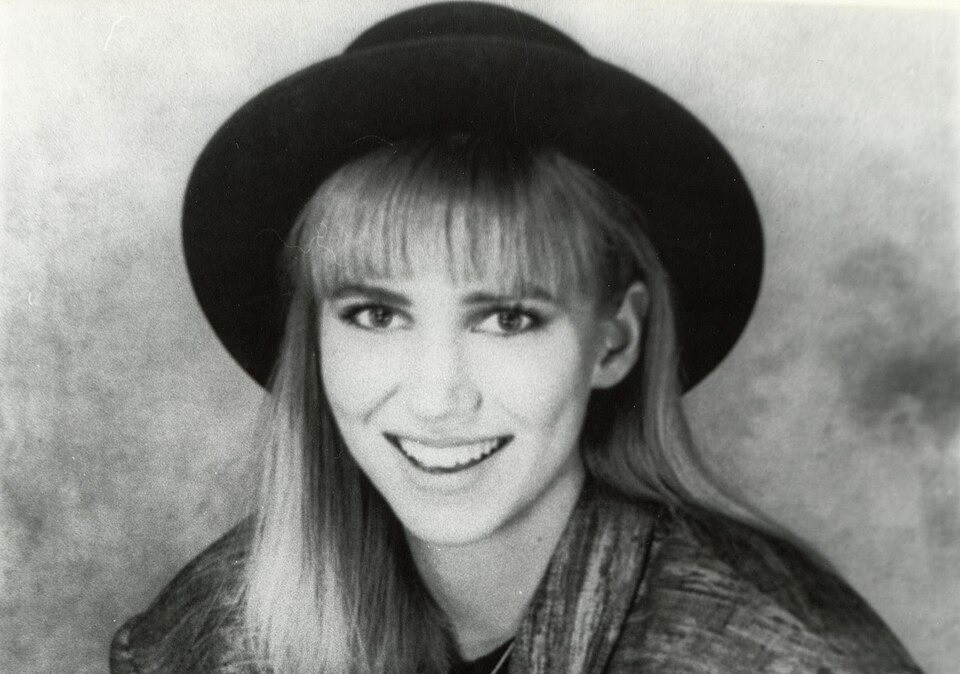
Unlike today’s meticulously managed pop stars, Debbie Gibson emerged as the ultimate DIY musician before anyone called it that. Writing, producing, and performing her own Billboard number one hits, she proved teenagers could create sophisticated pop without industry puppet masters. According to Debbie Gibson chart history, her singles like “Foolish Beat” and “Lost In Your Eyes” reached #1, proving her status as a teen pop sensation who shaped the era’s sound.
Her self-produced debut album “Out of the Blue” moved over 3 million copies, making her the youngest artist to write, produce, and perform a #1 hit with “Foolish Beat.” Gibson’s sugary anthems like “Electric Youth” captured the optimism of late-80s synth-pop while her scrunchies and denim jackets became visual shorthand for the era’s sound. She headlined concerts that felt like massive sing-alongs, proving authentic connection trumped manufactured perfection. Her Broadway transition showcased the versatility that separated real musicians from one-hit wonders during pop’s most synthetic decade.




